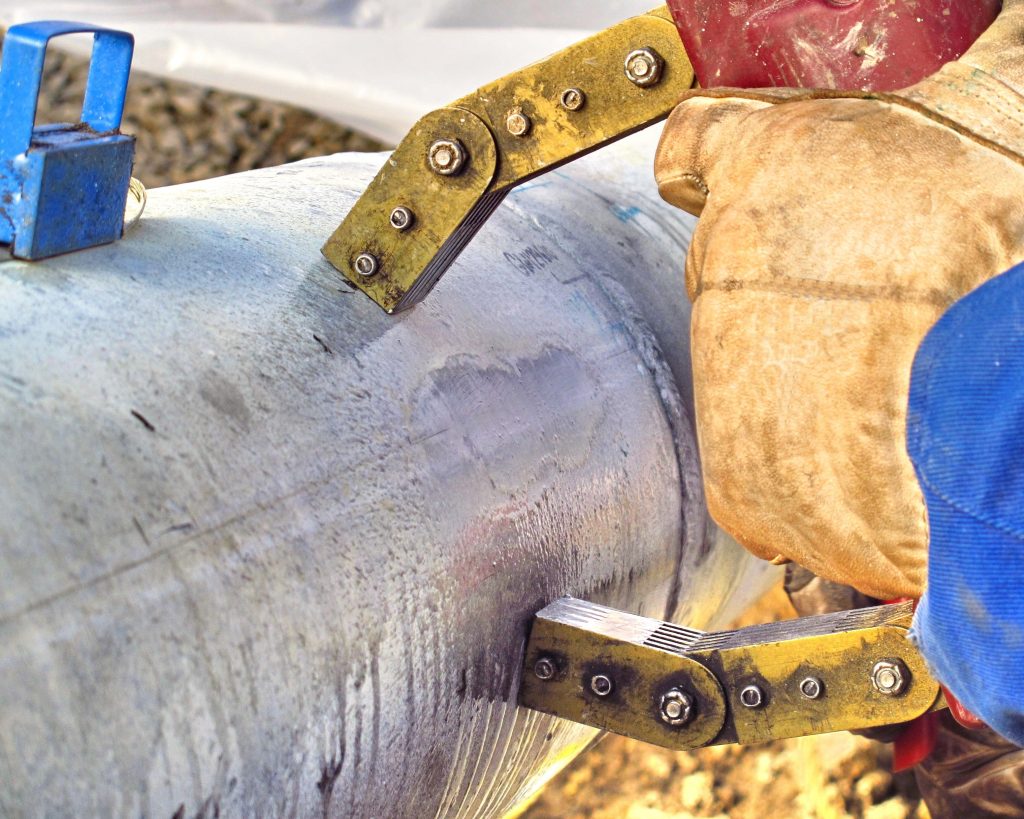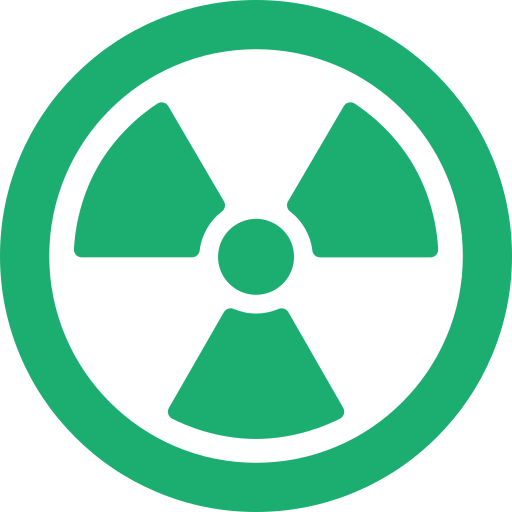Magnetic Testing, also known as Magnetic Particle Testing (MT) or Magnetic Inspection, is a non-destructive testing (NDT) technique used to detect surface and near-surface flaws or defects in ferromagnetic materials. Ferromagnetic materials are those that can be magnetized, such as iron, steel, and nickel alloys. This technique relies on the principles of magnetism to identify defects that could compromise the structural integrity of the material being tested.

BENEFITS
- Sensitivity: Magnetic Testing is highly sensitive to surface and near-surface defects in ferromagnetic materials, making it an effective method for identifying flaws that might not be visible to the naked eye.
- Rapid Inspection: It is a relatively quick inspection method, allowing for the efficient assessment of large or complex components and structures.
- Versatility: Magnetic Testing can be applied to various shapes and sizes of ferromagnetic objects, including welds, pipelines, and steel structures.
- Real-time Results: The results are immediate and do not require extensive post-processing or laboratory analysis.
- Non-destructive: Unlike destructive testing methods that may damage the material being tested, Magnetic Testing does not harm the integrity of the inspected object.
APPLICATIONS
- Aerospace: Magnetic Testing is used to inspect critical aircraft components, such as engine parts, landing gear, and structural elements.
- Automotive: It is employed to examine automotive components like crankshafts, axles, and suspension parts.
- Oil and Gas: Magnetic Testing helps ensure the integrity of pipelines, pressure vessels, and drilling equipment used in the oil and gas industry.
- Construction: In construction, Magnetic Testing can be used to inspect steel structures, bridges, and welding joints for defects.
- Manufacturing: It is used in the manufacturing of various machinery and equipment made from ferromagnetic materials.
- Railroad: Magnetic Testing is applied to inspect the rails and other components of railway tracks for defects that could lead to accidents.
- Power Generation: In power plants, it is used to assess the condition of critical components, including turbines and generator rotors.
- Shipbuilding: The technique helps ensure the safety and reliability of ship hulls and components.








